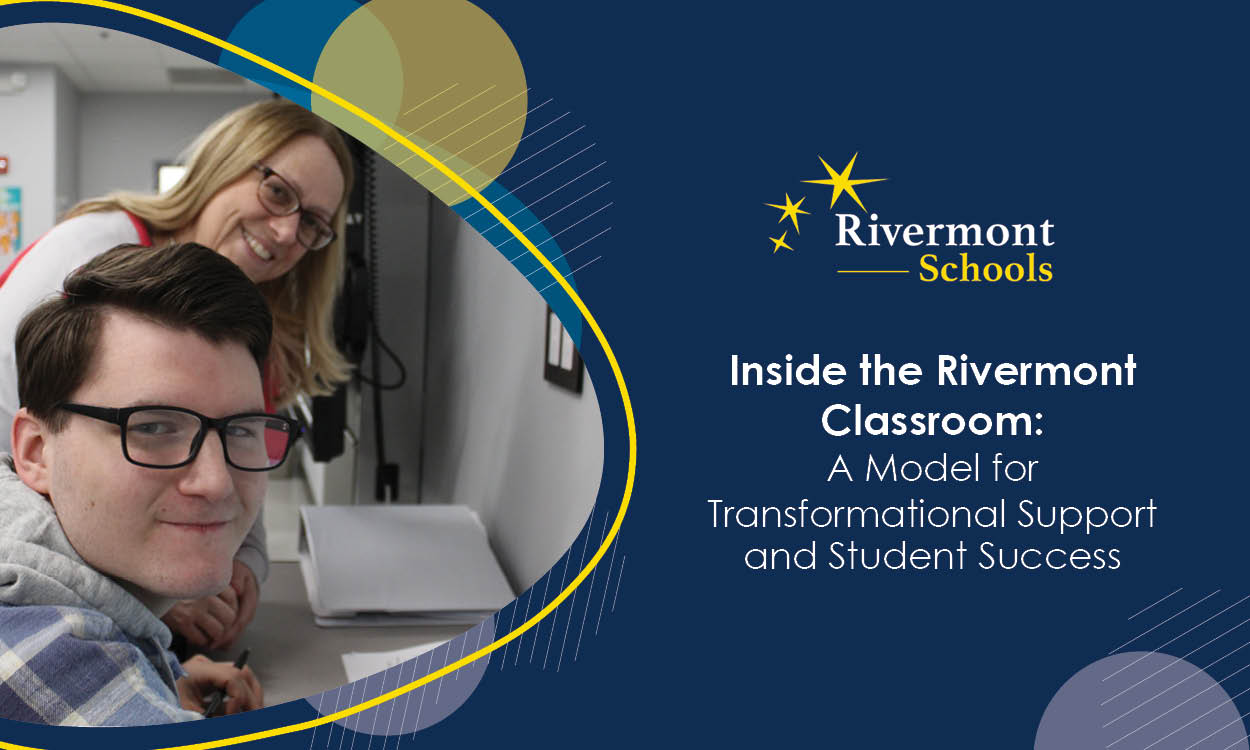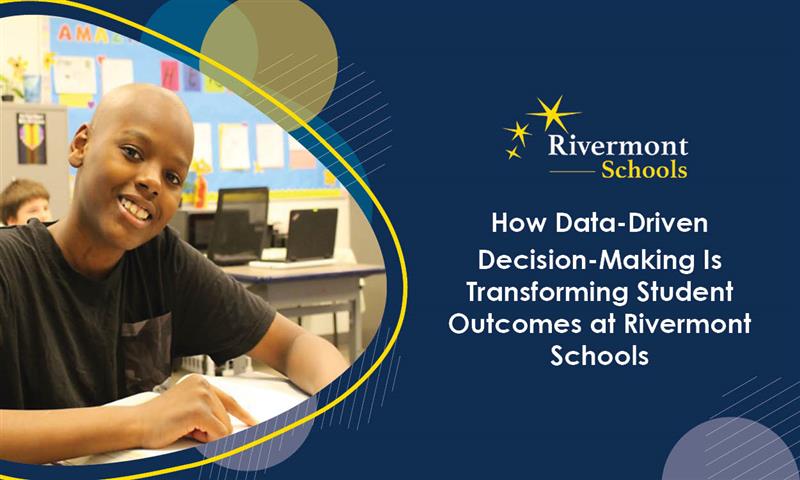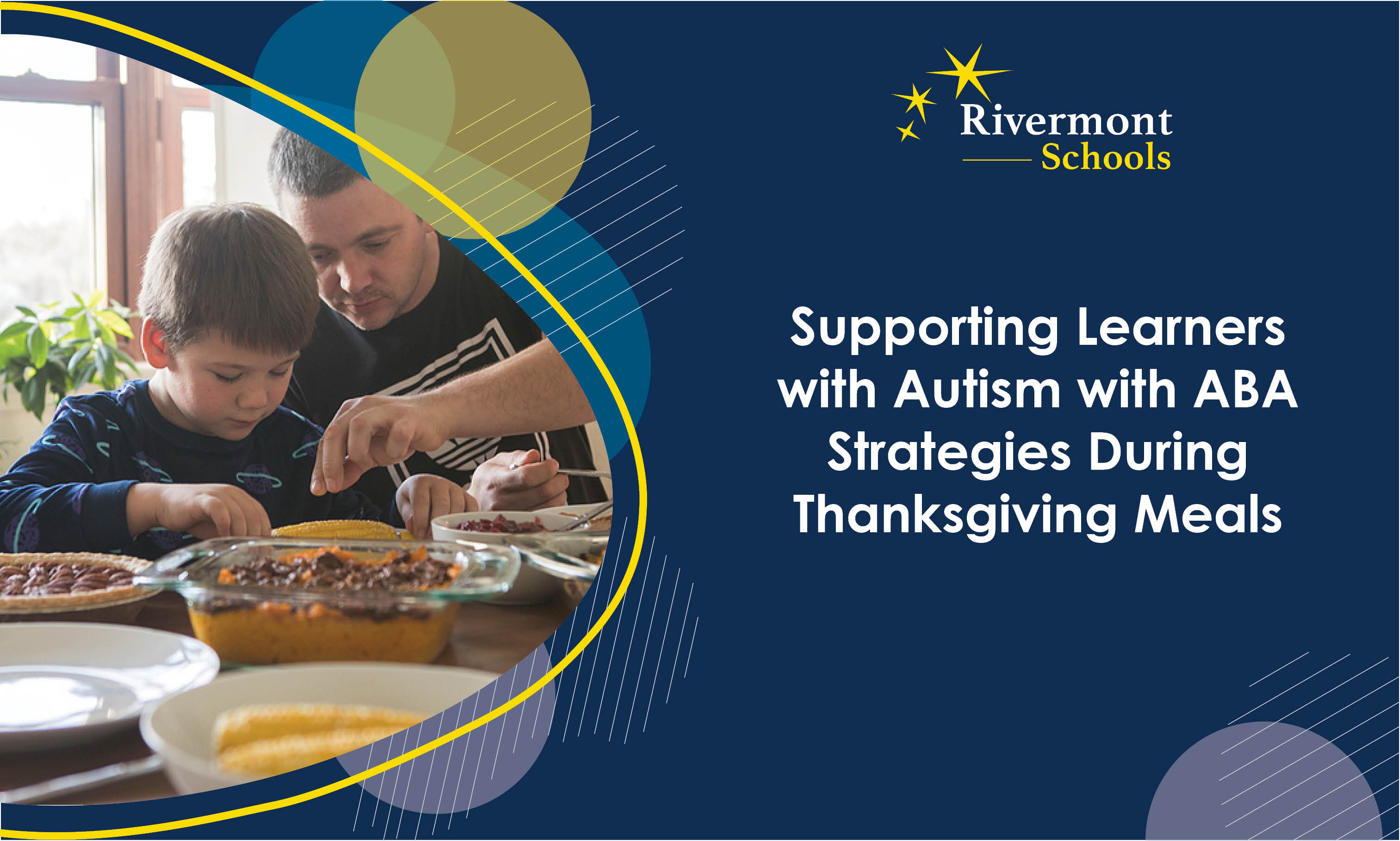Empowering Students to Own Their Growth: How Rivermont Schools Build Agency and Accountability
Posted: July 29, 2025 | Written By: Jaclyn Walker | Category:

Written by Dr. Jackie Walker, Director of Curriculum, Instruction and Assessment, and Jennifer Younger, Vice President of Behavioral Services, Rivermont Schools
In special education, progress isn’t just about meeting academic benchmarks; it’s about building self-awareness, ownership, and confidence. At Rivermont Schools, educators are redefining what it means for students to succeed by equipping them not only with academic and behavioral tools, but also with the skills to take charge of their own development. Through innovative strategies like data journals and interest surveys, students are becoming active participants in their learning, and the results are powerful.
Why Student Ownership Matters
Research consistently shows that when students are involved in setting goals, tracking progress, and reflecting on outcomes, they become more motivated and engaged in their learning. According to Mitra (2004), student voice and agency can lead to increased responsibility, improved relationships with adults, and a stronger investment in learning. This concept is especially critical for learners with autism or emotional and behavioral needs, who often face systems that underestimate their capacity to lead their own growth. Field et al. (1998) similarly found that teaching self-determination skills, such as goal-setting and self-monitoring, enhances educational outcomes and post-school success for students with disabilities.
Tools That Put Students in the Driver’s Seat
Two strategies that have been particularly impactful across Rivermont campuses are student interest surveys and data journals. These tools give students a voice in their learning and help educators deliver more personalized, engaging instruction.
Interest Surveys
Before instruction even begins, Rivermont educators ask students about their likes, hobbies, and preferences. These interest surveys are simple but powerful tools that create buy-in from students, especially those who may struggle with engagement. For example, if a student loves superheroes, a reading passage might feature Marvel characters. If a student prefers writing in blue ink, teachers might stock blue pens. It’s not just about preferences, it’s about building trust and connection.
As Dr. Jackie Walker, Director of Curriculum, explains, “These small choices help students feel seen. And when students feel seen, they’re more likely to show up, not just physically, but emotionally and cognitively, in the classroom.”
Data Journals
For high school and grade-level students, Rivermont uses data journals that allow students to track academic and behavioral progress. After taking diagnostic assessments like the STAR test in reading and math, students record their scores, set goals, and monitor their improvement over time. They’re encouraged to reflect on questions like, “What do I want to achieve by January?” and “What strategies are helping me grow?”
This turns abstract learning into a tangible journey. Students aren't just being assessed, they’re engaging with the data, thinking critically about their growth, and taking ownership of their next steps.
Behavior Support as a Teaching Opportunity
In Rivermont’s therapeutic and behavioral model, the same principles apply to social and emotional growth. Instead of relying solely on external rewards or reactive consequences, staff emphasize proactive instruction of desired behaviors using the schoolwide BARKS Matrix: Be There, Be Ready, Accept Responsibility, Respect Self and Others, and individualized student goals.
Positive behavior is reinforced through a token economy, and each student has a Student Support Plan aligned with specific behavioral goals. But the real shift happens when students internalize these goals. As Jennifer Younger, Vice President of Behavioral Services, puts it: “It feels good to do good. Over time, we see students shift from relying on external rewards to understanding that they’re in charge of their own choices. That’s the goal. We want every student to be the driver of their own car.”
Creating the Conditions for Agency
Building student agency doesn’t happen by accident, it requires intentional design and adult behavior that is preventative, proactive, and predictable. At Rivermont, this begins with clearly defined expectations, explicit teaching of social skills, and a tiered support system (RTSS) that matches interventions to each student’s needs.
Educators meet regularly to analyze student data, adjust supports, and identify patterns that may be limiting engagement. For instance, when serious incidents spike during hallway transitions, teams revisit hallway behavior expectations and modify routines to increase structure and reduce downtime.
By using data to fine-tune instruction and environment, staff create spaces where students feel supported and safe to take risks, set goals, and reflect on their growth.
“Whether a student is with us for a semester or several years,” says Dr. Walker, “our mission is the same, to give them the skills, confidence, and mindset to be successful when they return to their home district, their community, or wherever life takes them next.”









